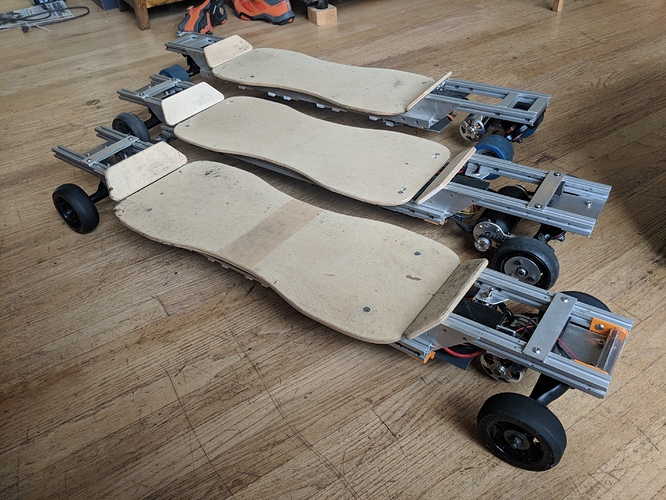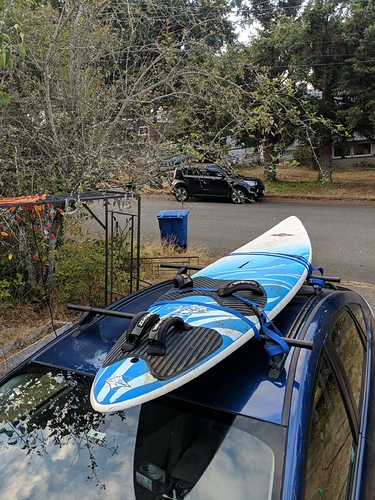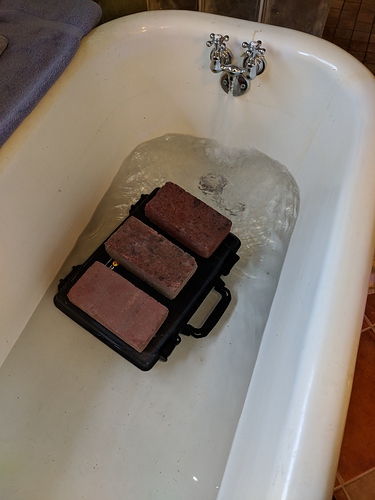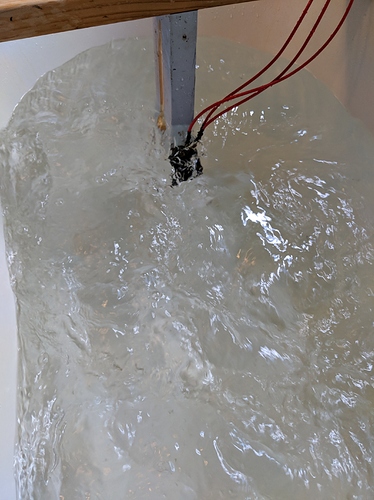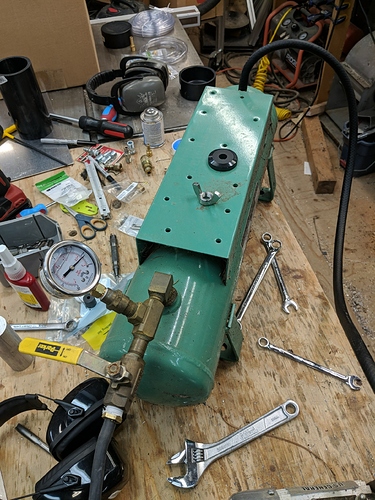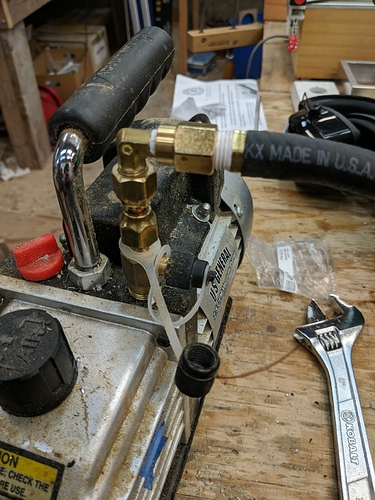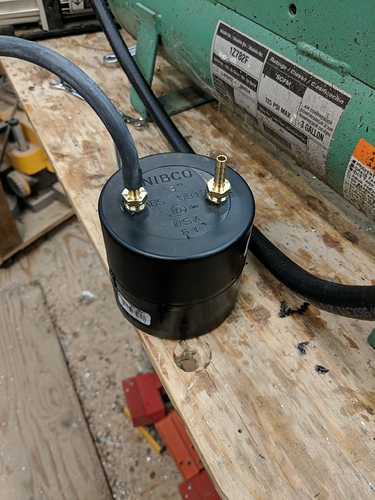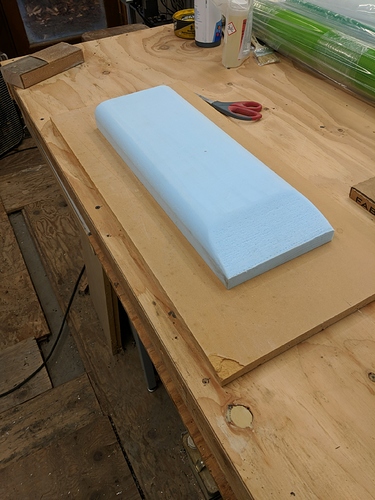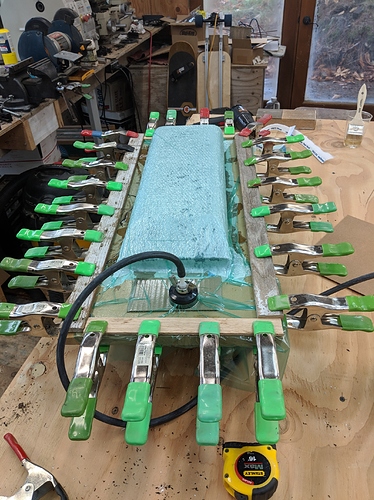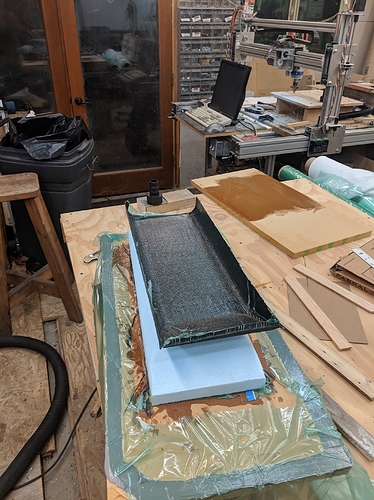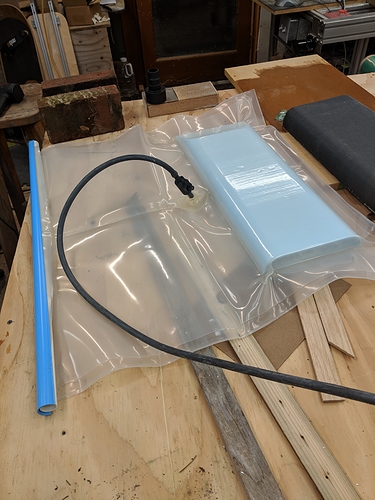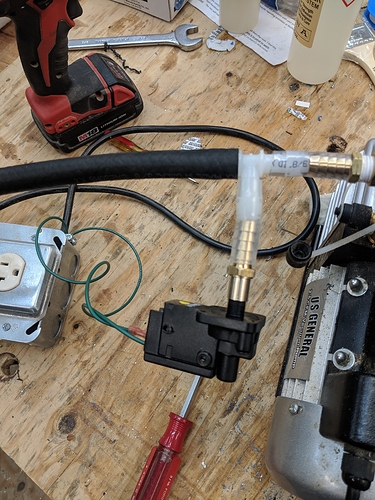I wanted to call this the Don’t Hate Me Because I’m Beautiful build but since it’s my first build no doubt it will be anything but beautiful.
Today’s post is an introduction with a couple of pictures. I plan on keeping it updated as I build the board and will break it up into chapters (chapter 1 will be the remote, etc.) followed by random thoughts, disasters, moments of clarity and finally, hopefully, some video.
While I’m not nearly as good as, well, any of you at keeping meticulous track of my parts and documenting my process I am more than happy to answer questions and post links.
So start with me (this will be short, I promise)
I come from an electric longboard background, so am familiar with most aspects of this project except waterproofing, which is clearly one of the major challenges.
I have built, maybe 6 or 7 electric longboards of which 4 survive to this day. They are Widowmaker (so named because it has tried to kill me at least 4 times), Farkasszem (roughly translated as Wolf Eyes) because of the monster but very short lived headlights (people on the trail hated them and I never ride at night anyway), and Princezna, my loaner/trainer board (underpowered, reasonably safe)
Of the boards in the picture the front one is Widowmaker, the middle, Farkasszem, has been upgraded to 5" pneumatics, and I have added a 4th board, Horská doska. It’s a full mountain board with 8" pneumatics, dual 6374’s and 10S6P of 20700’s. I have no pictures of the final board because as you’ll read in the build log, I got seduced by the siren song of eFoil right in the middle of the build, so I wrapped it up and started coming here.
When I’m not hurting myself on eSk8’s I’m a corporate cowboy at a startup where i do eerily similar work.
So eFoil. Let’s start with the board:
This is a windsurf board that I got in Hood River, Oregon, the windsurf capital of the world. Twice a year they have a swap meet and I just barely made it to the fall meet. I got there at 2:00 and everyone had left but the Columbia Gorge Windsurfing association was just loading up their trailer and I ran up with money in hand and managed to get this one. It was $40 and the only one that fit my weight range.
I figure for my first board I want something that will keep my weight (200 lbs) afloat when it dies mid lake. The board is actually remarkably lightweight - I actually think it’s hollow.
The plastic briefcase will be the battery box. I hope to have 2 of them so one can be charging while the other is running the board. I have purchased my first set of batteries (12S7P of the same Sanyo 20700’s that I put in the Mountain Board)
Here’s the briefcase proving not to be waterproof:
I did some initial underwater testing with a throwaway motor and ceramic bearings. It worked, but after a couple of weeks in the tub being run occasionally it started to sound pretty ratty.
I’ve had the Alien 80100 motor on order but haven’t received it yet. I’m starting to get concerned but not alarmed just yet since I’m not debuting until spring.
I’ve also taken short tentative steps into laying up carbon fiber (as in I bought some stuff off Amazon). My plan is to cut cavities in the board, add spray foam around the inside edges, then carbon fiber and vacuum it all back together.
I am thinking about building my own wing and mast, but it depends on how hard carbon fiber work turns out to be and how good I am at it. Probably I’ll end up buying both.
There’s a lot of electronics involved in this process as well, and I’ve just started accumulating parts.
Lastly, I have zero experience with any kind of surfing. However I am a snowboarder and a skater, but I’ve been told that absolutely none of that transfers. So I expect to be in the water a lot for the first few weeks.
Anyway, that’s it for the overview. I will go in-depth into every section of the build, starting with the remote design and build.
Thanks for following!
